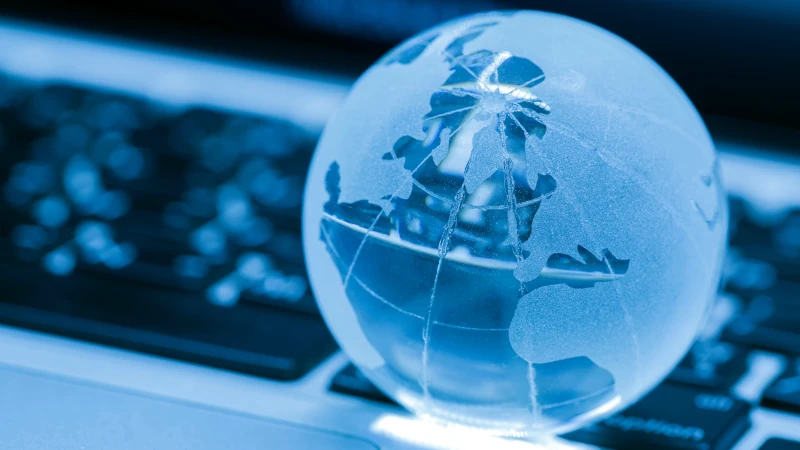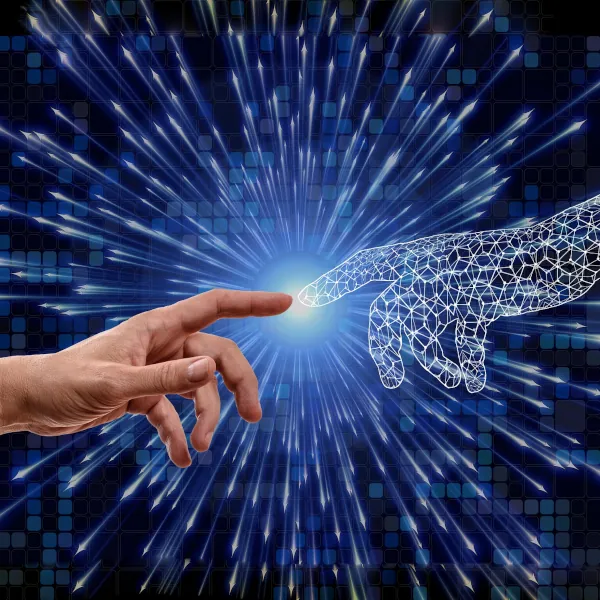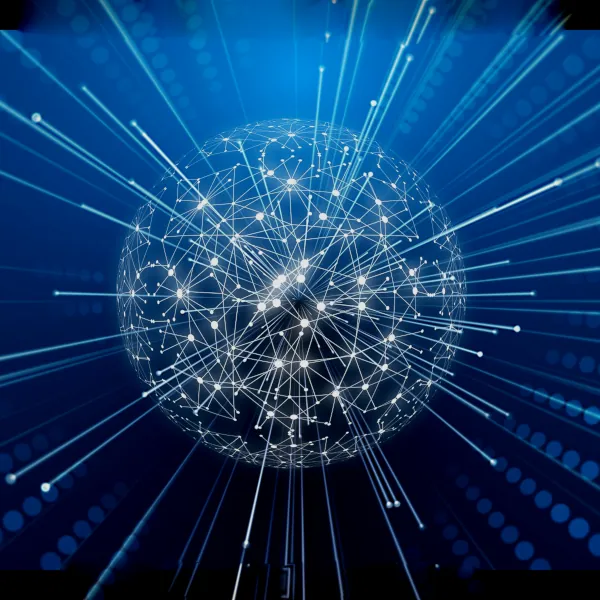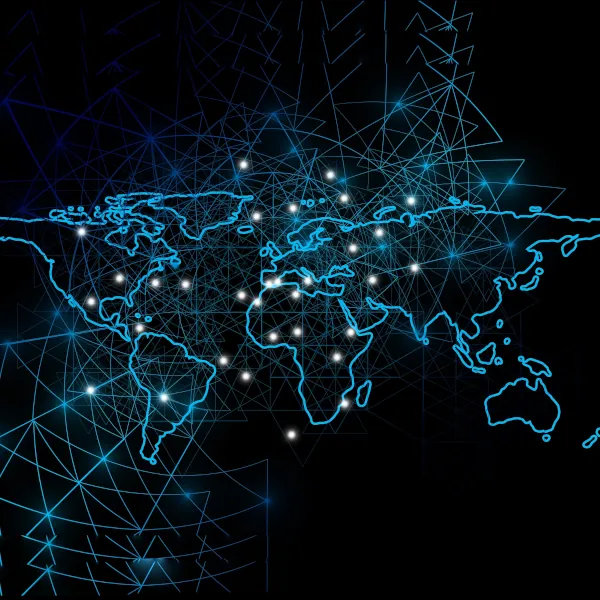GLAM and Digital Soft Power in the Post-pandemic World

Galleries, libraries, archives, and museums (GLAMs) have evolved beyond their traditional role of preserving cultural heritage. In the 21st century, they've become key players in the creative economy and wield soft power by influencing place branding, urban regeneration and tourism development. The COVID-19 pandemic has further transformed them into "hybrid spaces," blending physical and virtual experiences through augmented reality, virtual reality, and digital tools. Despite their growing global influence, there's a lack of consensus on how to measure this soft power or assess its impact. This hinders strategic development, especially in the post-pandemic world with its opportunities yet challenges for international relations.
The research team aimed to bridge this gap using data analysis, geo-visualization, and machine learning. Working with many museums in Singapore, Melbourne, and London, the project developed innovative methods to understand, measure, and predict GLAMs' soft power. Through interactive global online activities, the project created a prototype model that is able to visualize and map soft power of GLAM institutions to allow them to strategically leverage their cultural resources for a more accurate impact analysis and proactive planning and development.


